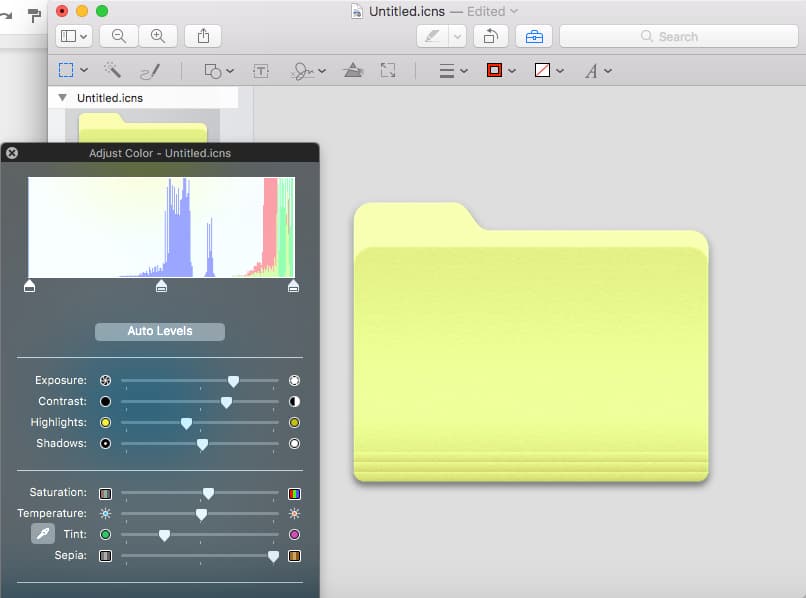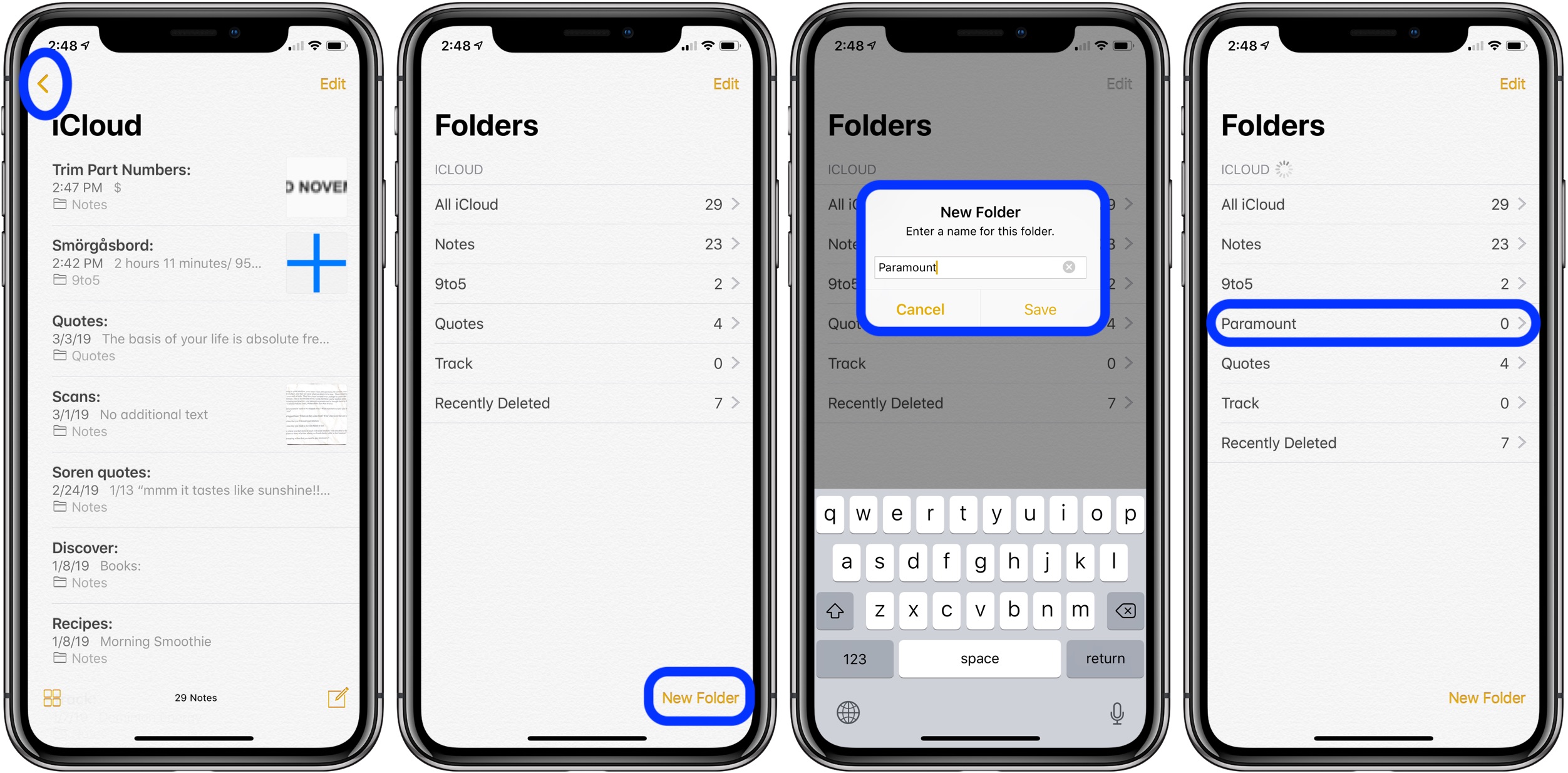- How To Make A Folder For Other Folders On Macbook Pro
- Pictures Folder On Mac
- How To Create A Folder Within A Folder On Mac
In this article, we look at how to access the System folder and what you can modify within System Preferences, which is not hidden and contains valuable tools and ways to make changes within your Mac.

How to access the System folder
What is Other on Mac Storage? Simply, Other storage on Mac consists of files that do not easily fall into the clearer category labels like 'Audio.' The types of 'Other' files would include: Documents like PDF,.psd,.doc, etc. MacOS system and temporary files. Cache files like user cache, browser cache, and system cache. Creating specific folders for different projects or categories on your Mac computer makes it easy for you to organize your files and keep your desktop manageable. After you create a folder and put documents in it, you can move the folder to a convenient location on your desktop or in another folder. How to create a new folder in iCloud Drive on a PC. If your Mac or iPhone is not handy, you can also create folders in iCloud Drive from any other Mac or PC thanks to iCloud.com. Open your web browser and navigate to iCloud.com. (click the link!) Enter the email address and password associated with your Apple ID. Click on iCloud Drive.
Apple prefers to hide folders that could be at risk from viruses and cyber-attacks. Not only that but if an inexperienced Mac user were to make a mistake — or delete something important — native or downloaded (third-party) applications could stop working. Therefore, it is safer if certain folders, such as the Library and/or System folder, remain hidden.
Folders are a great way to keep your various documents, photos, and other files organized and to keep your Mac's desktop uncluttered. You can create a new folder on a Mac in a matter of seconds. On your Mac, select a disk, folder, or file, then choose File Get Info. If the information in Sharing & Permissions isn’t visible, click the arrow. If the lock at the bottom right is locked, click it to unlock the Get Info options, then enter an administrator name and password. Click a user or group in the Name column, then choose a privilege setting from the pop-up menu.
However, there are times when you need to access these folders. Maybe an app is misbehaving, so one way to solve this problem is to “Delete the application's plist,” which is only possible with access to the System folder or Library. Within these folders, you benefit from complete control and can modify settings or clear out cache files.
Access the System folder using Terminal
However, if you would prefer doing this the manual way, here is how you can access the System folder:

- Launch Terminal; which you can find in /Applications/Utilities
- Enter this command in Terminal:
chflags nohidden ~/System - (If nothing shows up under that name, try /Library as an alternative)
- Click Return. Make sure the command is executed.
- Quit Terminal. The System folder should be visible in the Finder.
- If you ever want to restore this to how it was before, enter the following command in Terminal:
chflags hidden ~/System - Click Return again, and it should be back to how it was.
How to see Mac system files in Finder
Only attempt this method if you are comfortable using Terminal and have used it before. This method will make the folder permanently visible, so if you’d prefer it was only temporary, there is another way - for those using Mac OS X (or macOS) Mavericks and later.
- Open a Finder window and go to your Home folder.
- Within the Finder menu, click View > Show View Options.
- Place a checkmark next to Show System or Library Folder.
And that should give you quick temporary access to the System folder. However, you may need to do that again after accessing it as Apple prefers to keep this hidden.
Pro Tip: If you’ve previously used iPhoto — but are now using Photos on your Mac — you could have duplicate iPhoto libraries. You could be amazed at how much space you could save.
How to access System Preferences?
Now, if you aren't looking for complete control of the apps on your Mac, there is another way to modify how everything operates.
- Go to the Apple Menu.
- Find System Preferences. Or you can access this through Siri, Finder, or the Applications Folder.
- Within System Preferences, you can make a wide range of top-level system changes without needing to access anything hidden through Terminal or the Finder.
With this level of behind-the-scenes access, you can make improvements to the performance of your Mac. Delete apps that take up too much space. Customize how your macOS looks. If your Mac isn’t performing as well as you would like, gaining access to System and Library folders is one of the best ways to regain the speed and efficiency you once enjoyed.
Two more tricks to unlock Mac system folders
There's a special keyboard shortcut that displays the protected folders in Finder. All you need to do is to press:
Shift + Command + Period character
This immediately reveals the semi-transparent folders that are normally restricted for access. Repeat the combination to undo the operation.
View Mac System folder with CleanMyMac X
Another way to unlock the hidden space is to download the tool I often recommend, CleanMyMac X. It has the so-called Space Lens feature that builds the interactive map of your storage. You will see lots of folders you rarely get to visit, like Movies, Application cache, etc.
Download the app's free edition here.
Now you can explore the space 'bubbles,' zoom on hidden files and folders, and delete them right on the spot. A good way to free up space when you need it. Here is the System Folder as viewed from the Space Lens:


Now you know everything about finding the System folder on a Mac. I hope you'll find this article helpful.
How To Make A Folder For Other Folders On Macbook Pro

While the information in this “how to” might be old hat for seasoned Mac users, we have to remember new users join the Mac fold every day. (WELCOME!) Today, we’re going to look at how to use Folders (directories) on the Mac.
How to Use Folders on Your Mac
To create a folder
- Click where you want the folder to appear, such as on the desktop or in another window.
- Choose “File” -> “New Folder” from the Finder menu bar. (Or, right-click in an open space in the window or on the Desktop, and then click “New Folder” from the pop-up menu that appears.
This only works for creating new folders, not documents. To create a new document for use in a particular app, open the app and create a new document via the app’s File menu.
Move a folder or file into another folder
- Click and hold down the mouse button on the item, and then drag the item onto the closed folder.
- Or you can double-click the folder to open it, then click and drag the item into the destination folder window.
Change the name of a folder
Pictures Folder On Mac
- Click the folder once to select it.
- Hit the Return key on your keyboard, this will highlight the folder’s name. Enter a new name for the folder and press Return again.
How To Create A Folder Within A Folder On Mac
Important Note from Apple:
Some folders can’t be renamed, these are:
- Applications: Your apps (programs) go in this folder.
- Desktop: Your Desktop folder and your desktop provide two ways of viewing the same files, so anything that you put in the Desktop folder also appears on your desktop.
- Documents: When you use an app to create and save a new document, the app might save your document here. You can save documents wherever you want, or move them to other folders after saving them.
- Downloads: Safari and other apps save downloaded files to this folder.
- Music, Pictures, and Movies: Some apps store their libraries of music, pictures, or other media in these folders, though the items in a library might be available only within its app. For example, to see the pictures or movies you imported into Photos, open the Photos app.
For more tips and tricks that can help you make better use of your Mac, iOS device, Apple Watch, or Apple TV, be sure to visit the “How To” section of our website.